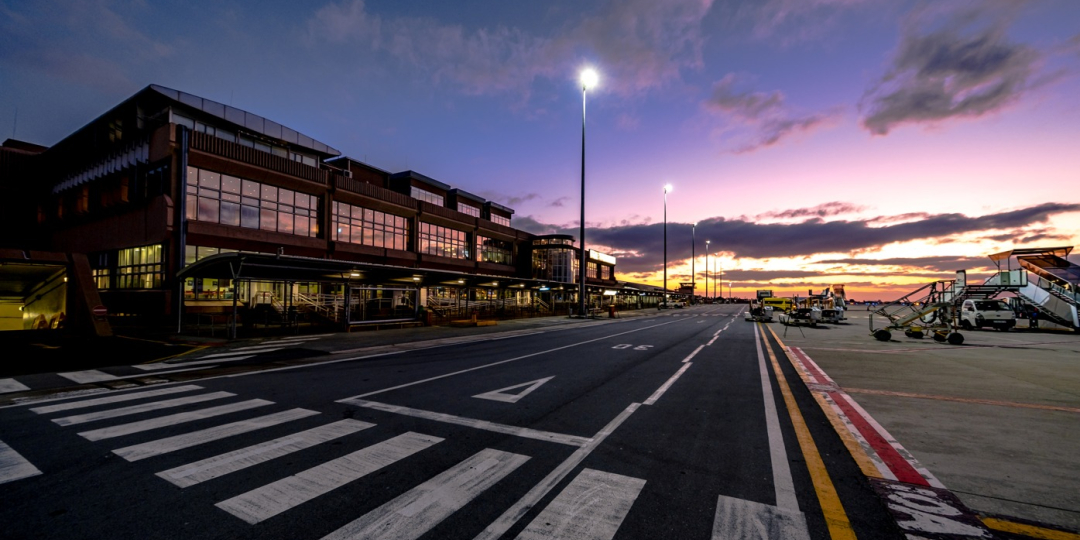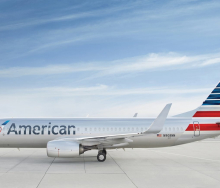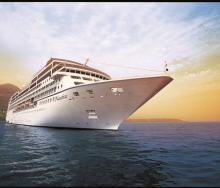At least ten airports across South Africa have suspended their instrument landing system procedures but airlines say this is no cause for panic, as the biggest risk is delays and disruptions.
The suspensions come in the wake of an ICAO audit of the South African Civil Aviation Authority (CAA), currently in progress.
Instrument landing systems (ILS) are precision radio navigation systems that provides short-range guidance to aircraft to allow them to approach a runway in bad weather.
Miles van der Molen, CEO of Cemair, explained the instrument-landing systems and the reasons for their suspension to Travel News. “Each airport has procedures for an instrument approach during bad weather. There are several different systems, and some airports have multiple instrument approach systems. These have periodic validity and need to be reviewed and the information in them updated from time to time, and if this isn’t done, the procedures become invalid. This is more of a concern for the coastal airports, where the weather changes very fast.”
Standard procedures dictate that where the instrument landing procedure is no longer available, in bad weather the pilot is obliged to divert to a pre-arranged diversion airport. Delays and disruptions to schedules, and inconvenience to passengers could result, but safety isn’t compromised, said van der Molen.
Landings in good visibility remain unaffected.
Following the suspension of instrumentation landings at Pietermaritzburg and Richards Bay airports, pilots have informed Travel News that all VOR, RNAV and GNSS (these are different instrumentation landing systems) approaches into Bloemfontein, Kimberley and Upington have more recently been suspended. Gqeberha, East London, George, Pilanesberg and Polokwane are also on the list.
Airlink sent out a release last Thursday, March 30, saying some of its operations at Pietermaritzburg and Richards Bay had been disrupted by the suspension and apologising to customers.
“…We urge the responsible aeronautical agencies to quickly restore full air navigation services at the affected airports,” said Airlink CEO and Managing Director, Rodger Foster.
Kirby Gordon, Chief Marketing Officer at FlySafair, told Travel News that so far there had been minimal impact on Flysafair.
“The airports affected and the way that they're affected has less impact on us than it does on the likes of regional airlines operating smaller gauge aircraft. Bloemfontein Airport is one of our bigger risks, but at this stage the threat to us is only valid in inclement weather. So it's not ideal - the risk of diversion and delays is greater than it need be.”
News24 has reported that the SA CAA confirmed that South African Air Traffic and Navigation Services (ATNS) was audited in line with requirements of SA CAA Regulations. “Where it was found that ATNS was not compliant with maintaining each flight approval procedure as prescribed, the ATNS had to submit a Corrective Action Plan (CAP) ‘demonstrating the mitigation of safety risks that emanates from this non-compliance’”, said the report..
“While the SACAA found some of these mitigations acceptable, ATNS had not submitted mitigation measures for all the affected procedures. As a result, the SACAA suspended those procedures until a satisfactory level of aviation safety is achieved”.
ATNS told News24 saying it had submitted mitigations which had been accepted by the SACAA and was continuing with the submission of further corrective action plans for risk mitigation, and was preparing an application for exemption for certain categories of civil aviation procedures at some airports. ATNS said it regretted the inconvenience caused by the precautionary suspensions and that safety remained its topmost priority.
Denis Guindon, Deputy Director, Monitoring and Oversight – Air Navigation Bureau at the International Civil Aviation Organization (ICAO) said in a recent eNCA interview that South Africa’s CAA scores in the high 80s, percentage-wise, when the global average is only 68%.














